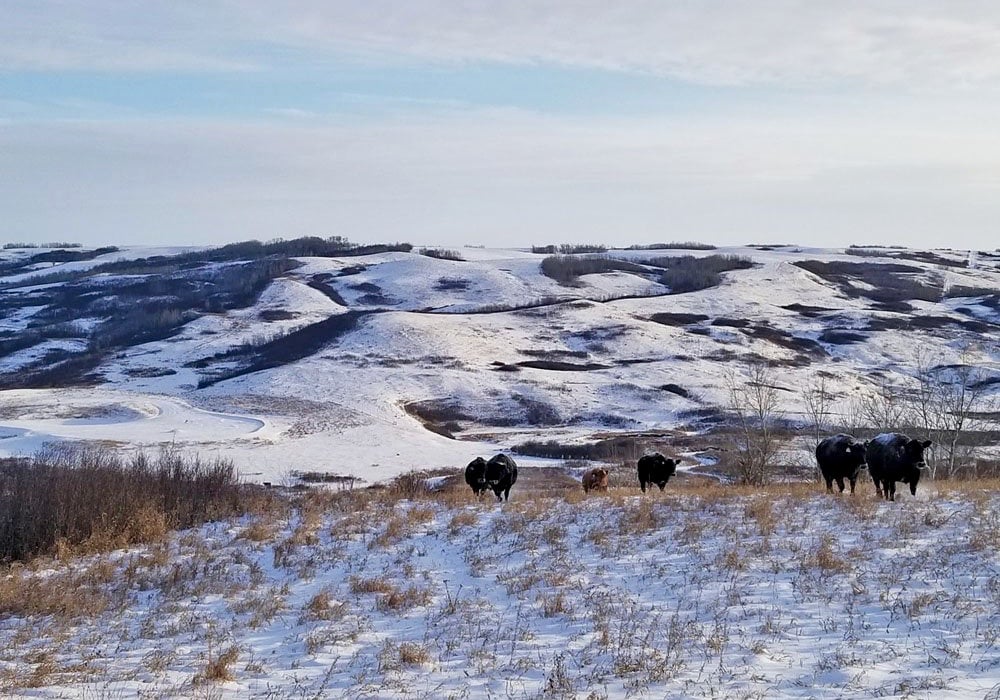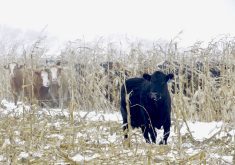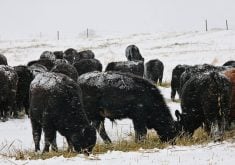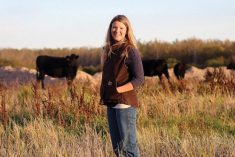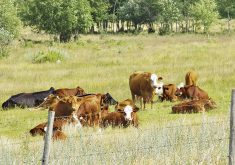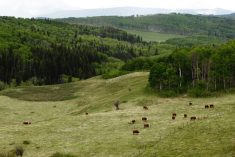When you manage your plants properly, you’ll have healthier soil and animals.
This was the main message from provincial forage and beef specialist Karin Lindquist for attendees at the recent Grazing School for Women.
“To manage your plants, you need to know what plants you have,” said Lindquist.
So get a good camera and some rangeland plant guides, she said.
“Range studies are primarily a lot about plant identification. You need to look at the whole system and the individual species that are present. You have to determine whether they are desirable or undesirable.”

Younger plants are harder to identify, so it’s best to do range assessments from June to August.
“There are a lot of forbs that are flowering and so it’s a good time to do it,” said Lindquist.
Get close and look for the differences in colours and textures, using your pictures to zoom in on details.
Forbs are non-herbaceous, woody plants that are not grasses. They can be identified by many of their characteristics, including flowers, colour, leaves and growth pattern.
“What’s really interesting about forbs is that not only are you looking at the leaves and flowers, but you’re also looking at how they are arranged on the stem,” she said.
Read Also

New biodiversity areas identified for western grasslands
New key biodiversity area designations have been given to a number of areas in southwestern Saskatchewan and southeastern Alberta as part of an international effort to identify and contribute to protecting natural resources.
Like forbs, shrubs can also have leaves and flowers, but they have woody stems. There’s a greater variety of forbs on the Prairies, but grasses are harder to identify. Grasses can be identified by their collar, seed head, height and root system.
All forage plants can be divided into desirable and undesirable species. Lindquist encouraged her audience to think about weeds as plants with uses that haven’t been identified yet. For example, some people think about thistle as a pest while others have trained their cattle to graze it.
Native plants can become undesirables, and can take over when there is no grazing, human disturbance, or fire.
“When you talk about undesirables, they have to be more than a weed,” said Lindquist. “They have to be a species that is invasive and reduces pasture capability, like buckbrush, or they have to be poisonous to livestock.”
A healthy pasture has both desirable plants like rough fescue, Kentucky bluegrass, and smooth bromes, as well as weeds and undesirables. It’s important to have biodiversity in the pasture, she said.

Healthy pastures have the right amount of litter content — too little means bare soil, more erosion, and less organic matter while too much reduces sunlight’s ability to penetrate soil.
“When you have too much litter, it repels water and when you repel the water, it dries out the soil and that affects the community. You get a reduction in biodiversity.”
Proper management of forages improves soil biology and fertility, reduces erosion, and increases organic matter — creating more habitat for wildlife and food for livestock.
“When you’re managing forages, you’re not just managing for one thing. You’re managing the whole system,” she said.
Ideally, animals should be grazed for 300 days using rotational grazing, proper animal units, and appropriate rest periods, she added.




